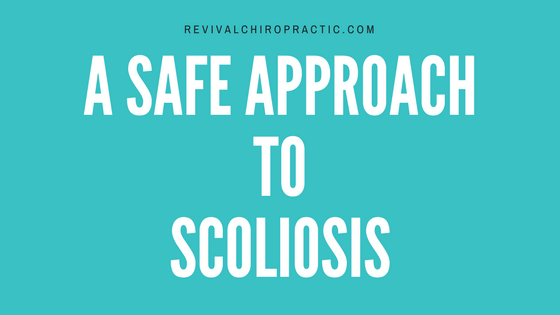
Why check for scoliosis when kids are young?
When children are young, their bones are still growing and developing. This is a prime time to check for scoliosis because there’s a lot that can be done to improve proper spinal health. As children grow into their teen years, their bones start to ossify into their lifelong positions. By checking a child at a young age, we can make the greatest impact on their nervous system.
What are the symptoms of scoliosis?
Scoliosis symptoms can vary greatly depending on the degree of the curve. As a result, some people can have very mild curves, have no symptoms and may never even know that they have it. As the curve becomes more severe, it can begin to impact sleep and general comfort. In addition, more severe curves may affect anything from cardiovascular function to digestive function. Consequently, as curves worsen, the bones can put pressure on the nerves that go to the organs, muscles, and tissues of the body and can lead to sickness and disease over time. Our goal is to make sure your child’s nervous system can function at it’s greatest potential, regardless of the severity of the curve!
How is Scoliosis treated?
Traditional medical management includes bracing and surgery. However, these methods are quite intense and can impact your child, both emotionally and physically. Because of this, many families are searching for more effective and less invasive ways to improve scoliosis.
How can chiropractic help?
Chiropractors are experts of the spine and nervous system. In addition, we have extensive training in detecting, locating, and correcting misalignments in the spine. In our Altamonte Springs office, we specialize in pediatric care and love getting to serve your little ones in the office.
Additionally, research is continuing to show the effectiveness of chiropractic in treating scoliosis. A case study in the Journal of Pediatric, Maternal and Family Health described the care of a 7-year-old boy with asymptomatic scoliosis. He was told to wear a brace by his orthopedist due to the severity of the curve. His family decided to try chiropractic care as a more conservative means and found that the curve improved by 56%!


Recent Comments